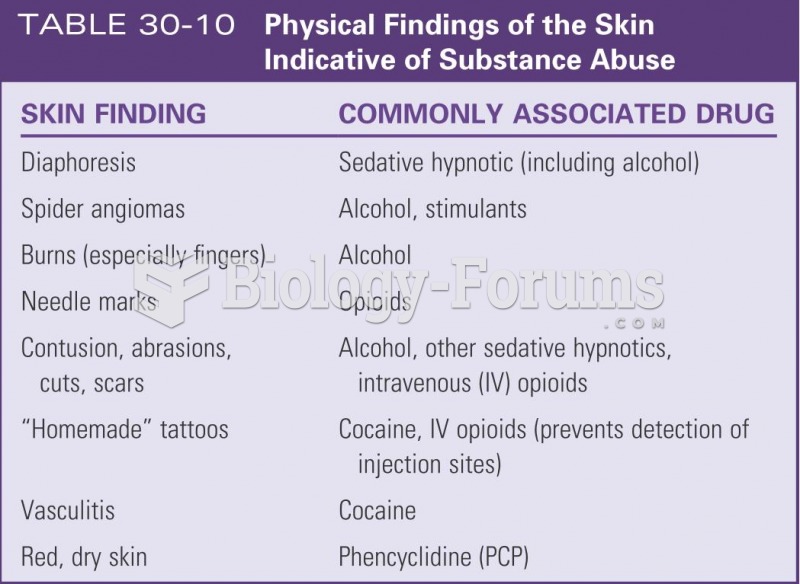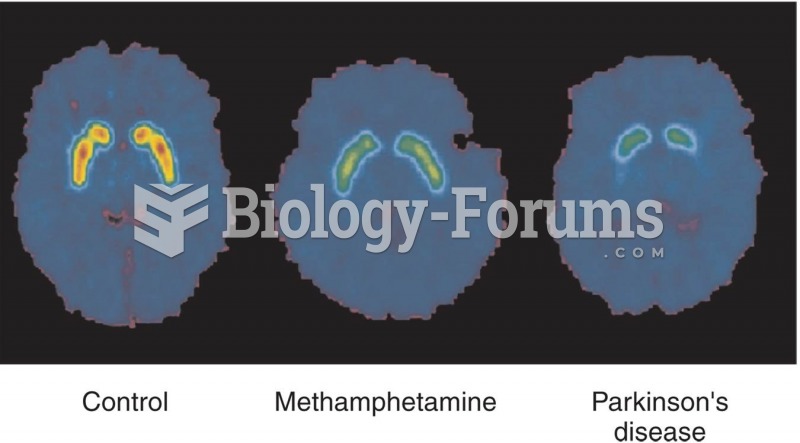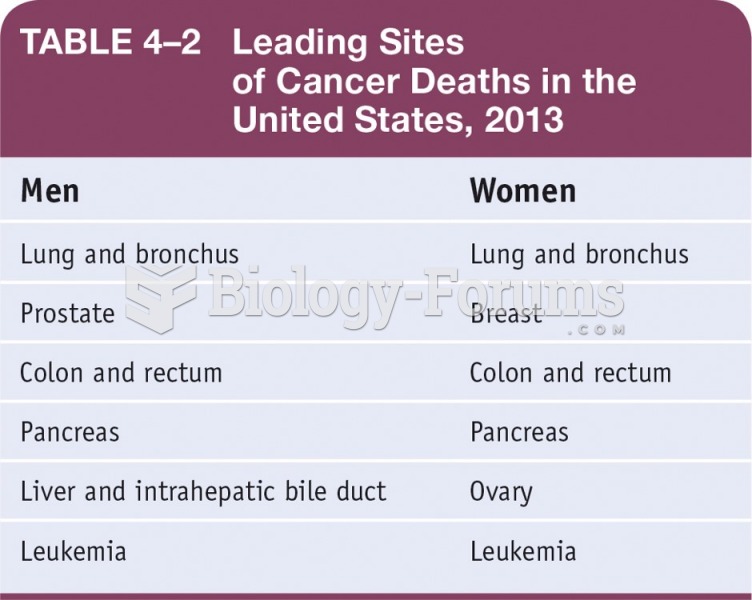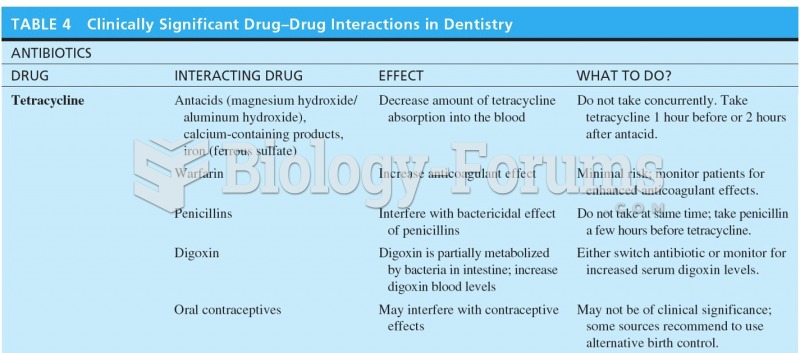Answer to Question 1
Quality educational programs teach (a) what effects commonly used drugs produce, (b) how to recognize signs of abuse, (c) how to responsibly decide when and when not to use drugs, (d) how to help someone who overdoses, (e) how to help friends and relatives who are abusing drugs, (f) what treatment resources and programs are available in the community, (g) what to do if you think you may have a drug problem, (h) what to do if a relative or friend refuses to acknowledge his or her drug problem, and (i) how to help abusers learn drug-free ways of meeting their psychological needs.
Books, curriculum guides for teachers, and audiovisual materials available paint a more realistic picture of drug use and abuse. In the past five decades, the mass media and the schools have launched major campaigns to prevent drunk driving, alcohol abuse, smoking, and illegal drug use. Extensive drug abuse prevention programs are now under way in elementary schools, middle schools, high schools, and colleges. They use a variety of approaches, including pointing out the risks of drug use, providing accurate information on drugs and their effects, offering instructions on how to assertively say no to peer pressure to use drugs, providing enjoyable drug-free activities, and enhancing students' self-esteem. With drug and alcohol abuse increasingly portrayed in the media and in the schools as risky and dangerous rather than glamorous and fashionable, overall drug and alcohol use appears to be declining for adults.
Answer to Question 2
Codependent people are so trapped by a loved one's addiction that they lose their own identity in the process of obsessively managing the day-to-day trauma created by the addict. Codependency is unhealthy behavior learned amid chaos. Some codependents are as dysfunctional as the addict, if not more so. Living with addiction triggers excessive caregiving, suppression of one's own needs, feelings of low self-worth, and strained relationships. Many codependents grow up in a dysfunctional family. (Some are adult children of alcoholics.) They marry or become romantically involved with someone who abuses alcohol or some other drug. To some extent, the addict fills the need of the codependent-to be a caregiver, to feel inferior, and so on. Codependency can thus be viewed as a normal reaction to abnormal stress.
The addict may terminate the use of his or her drug of choice, but the codependent's dysfunctional behaviors generally continue, unless he or she receives treatment. There are a variety of treatment approaches for codependents: individual psychotherapy, group therapy, and self-help groups (such as Al-Anon, Adult Children of Alcoholics, and Codependents Anonymous). For many codependents, treatment involves recognition that they have a life and an identity separate from the addict, that the addict alone is responsible for his or her substance abuse, and that their life and the addict's will improve by terminating their caregiving and enabling behaviors. Through treatment, many codependents regain (or gain for the first time) their own identity and banish the self-destructive habits that sabotage their happiness.







